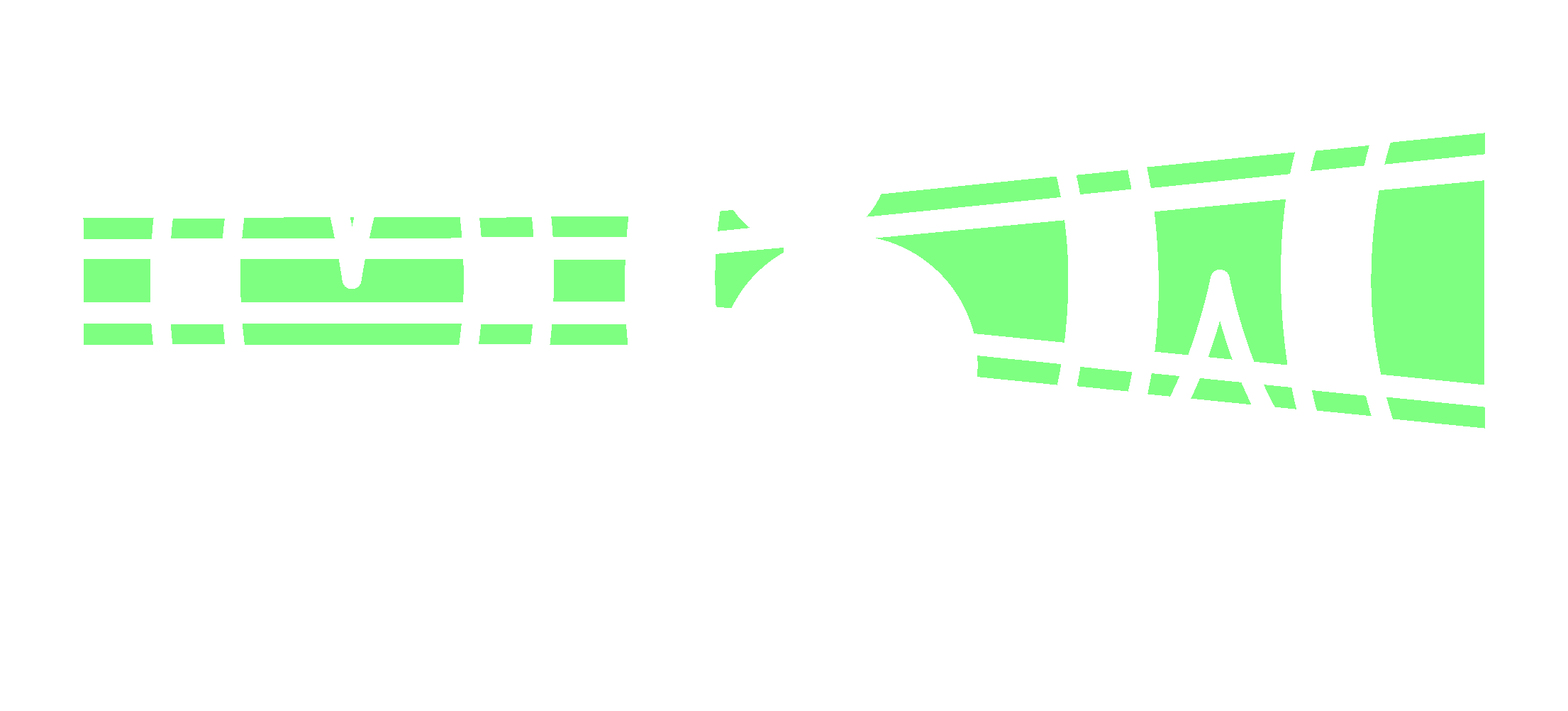Summary:
Lightsheet microscopy, also known as selective plane illumination microscopy (SPIM), is a fluorescence microscopy technique that combines optical sectioning with imaging from multiple views. This facilitates the observation of biological samples and organisms under the principle of tomography for both translucent and opaque samples at different depths. The difference with widefield fluorescence microscopy or confocal microscopy is that lightsheet microscopy only illuminates one optical section at a time, minimizing the effects of photobleaching and phototoxicity. Additionally, the use of computational algorithms allows for three-dimensional reconstruction, even at different time points, generating either a static image or a 3D video as required. The application of this microscopy technique is broad because it can visualize a wide variety of specimens, such as embryos, organoids, spheroids, small animals, small organs, insects, plants, biopsies, etc., which can be cleared or expanded to increase either the depth of view or the resolution.
This is a theoretical-demonstrative course with two main objectives. The first is to introduce lightsheet microscopy; sample preparation through clearing or expansion; and image data management and processing. The second objective is to foster the formation of a regional community of lightsheet microscopy imaging scientists focused on solving scientific and medical problems through the study of the structure and dynamics of three-dimensional biological models that cannot be seen by other microscopy techniques.
Registro
Bienvenida
Alejandro López Saavedra (INCan), Mónica Ramirez (FacMed, UNAM)
Connecting the Mexican Bioimaging Community
Diego Delgado Álvarez (LNMA-CICESE)
Microscopía de Fluorescencia
José Manuel Martínez López (Química Tech)
Microscopía de seccionamiento óptico
Miguel Tapia Rodríguez (IIB, UNAM)
Conceptos básicos en la microscopía de Hoja de Luz
Pablo Loza Álvarez (SLN, ICFO, Barcelona)
Coffee- break
Preparación de muestras biológicas para su observación al microscopio de fluorescencia
Ruth Rincón Heredia (IFC, UNAM)
Expansión de tejidos y microscopía de hoja de luz: explorando la nanoestructura de organoides
Juan E. Rodríguez Gatica (Clausius Institut für Physikalische und Theoritische Chemie)
Sesión de rompehielo y formación de grupos de trabajo
Comida
Sesiones de práctica-demo - Rotación de grupos de trabajo
Unidad de Aplicaciones Avanzadas en Microscopía (ADMiRA), INCan
Coffee- break
Sesiones de práctica-demo - Rotación de grupos de trabajo
Unidad de Aplicaciones Avanzadas en Microscopía (ADMiRA), INCan
Regreso al Hotel Centro Cultural Quinta Soledad
Presentación de la red Latin America Bioimaging (LABI) (virtual)
Lía Pietrasanta (Universidad de Buenos Aires)
The art of clearing
The art of clearing
Aclarado óptico de tejidos
Yoloxochitl Sánchez Guevara (IBT, UNAM)
Imágenes digitales y selección de cámaras
Imágenes digitales y selección de cámaras
Coffee Break
Imaris: Análisis de imágenes de microscopía utilizando inteligencia artificial para todos
Tomas Silva Santisteban (BitPlane, Oxford)
Scalable image analysis of multidimensional lightsheet data with Zeiss Arivis (virtual)
Molly McQuilken (Carl Zeiss)
Procesamiento de imágenes lightsheet con FIJI: registro, visualización masiva, y cuantificación
Mauricio D. Cerda Villablanca (Universidad de Chile)
Comida
Sesiones de práctica-demo - Rotación de grupos de trabajo
Unidad de Aplicaciones Avanzadas en Microscopía (ADMiRA), INCan
Coffee break
Sesiones de práctica-demo - Rotación de grupos de trabajo
Unidad de Aplicaciones Avanzadas en Microscopía (ADMiRA), INCan
Regreso al Hotel Centro Cultural Quinta Soledad
Microscopía fluorescente con hojas de luz láser: ventajas, desafíos y colaboraciones en su implementación
Israel Rocha Mendoza (CICESE)
Visualización volumétrica rápida con LSFM y aplicaciones a la biomedicina
Pablo Loza Álvarez (SLN, ICFO, Barcelona)
Desentrañando redes neuronales: Iluminando conexiones en cerebros de ratón expandidos.
Juan E. Rodríguez Gatica (Clausius Institut für Physikalische und Theoritische Chemie)
The art of sample mounting
Coffee- break
Sesiones de práctica-demo - Rotación de grupos de trabajo
Comida
Sesiones de práctica-demo - Rotación de grupos de trabajo
Unidad de Aplicaciones Avanzadas en Microscopía (ADMiRA), INCan
Sesiones de práctica-demo - Rotación de grupos de trabajo
Unidad de Aplicaciones Avanzadas en Microscopía (ADMiRA), INCan
Coffee- break
Sesiones de práctica-demo - Rotación de grupos de trabajo
Unidad de Aplicaciones Avanzadas en Microscopía (ADMiRA), INCan
Regreso al Hotel Centro Cultural Quinta Soledad
CENA
Estudio de la migración de espermatozoides de ratón dentro del tracto reproductor femenino mediante aclarado óptico de tejidos
Presentation of the Bioimaging North America (BINA) network (virtual)
Nikki Bialy (Morgridge Institute for Research)
Arte y Microscopía
José Manuel Martínez López (Química Tech)
Clausura
Foto grupal
Coffee- break
Transporte a Centro de Tlalpan para evento de divulgación
Evento de divulgación
Plaza del Bolero “Armando Manzanero” | Centro de Tlalpan
